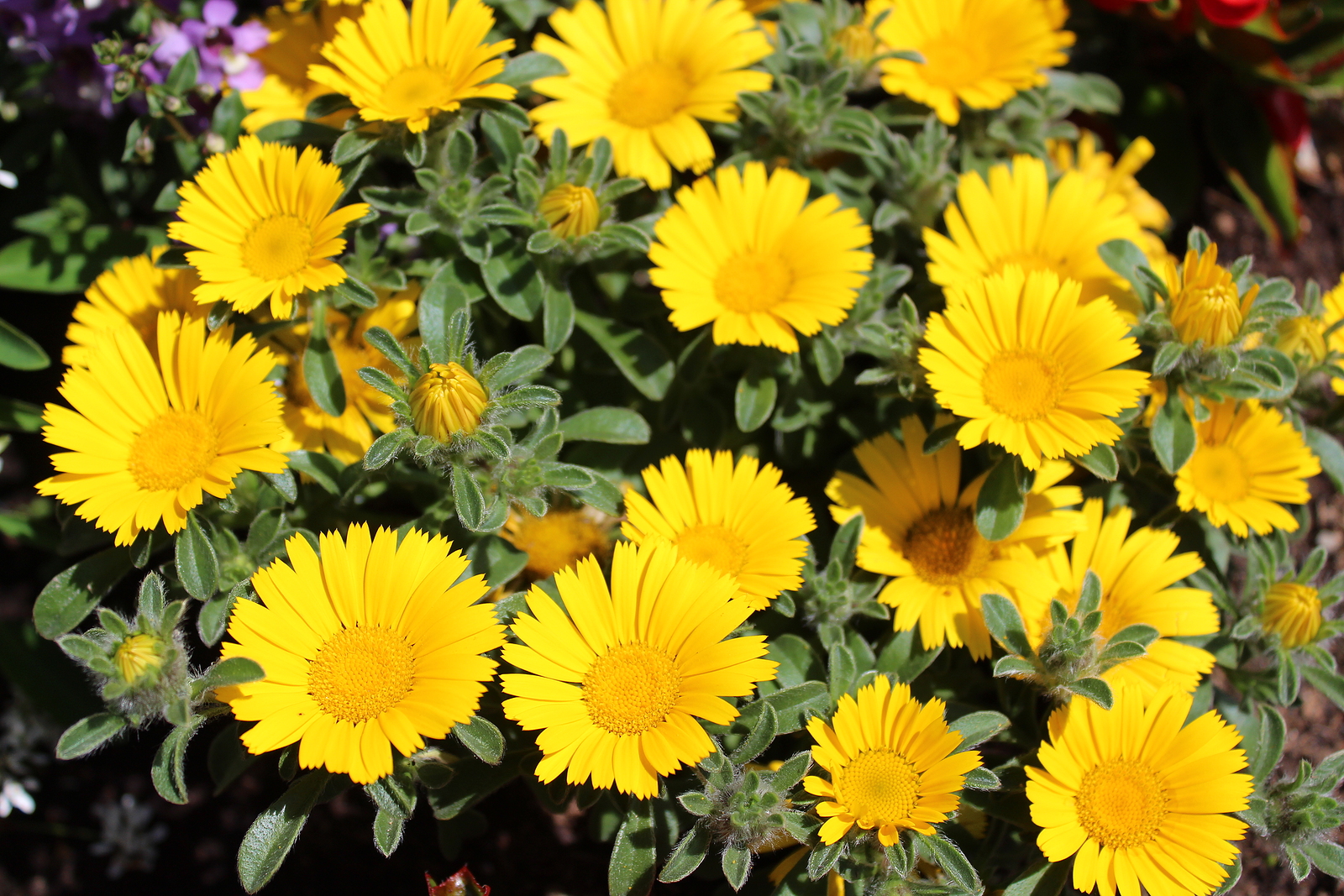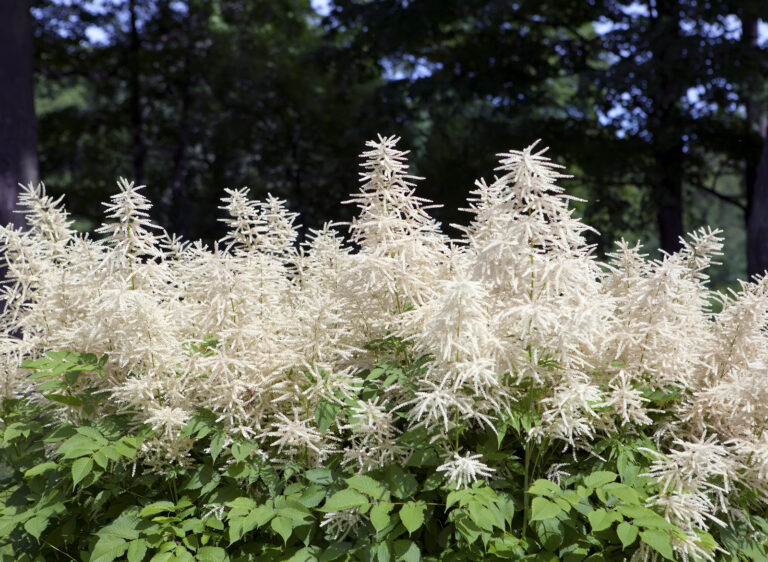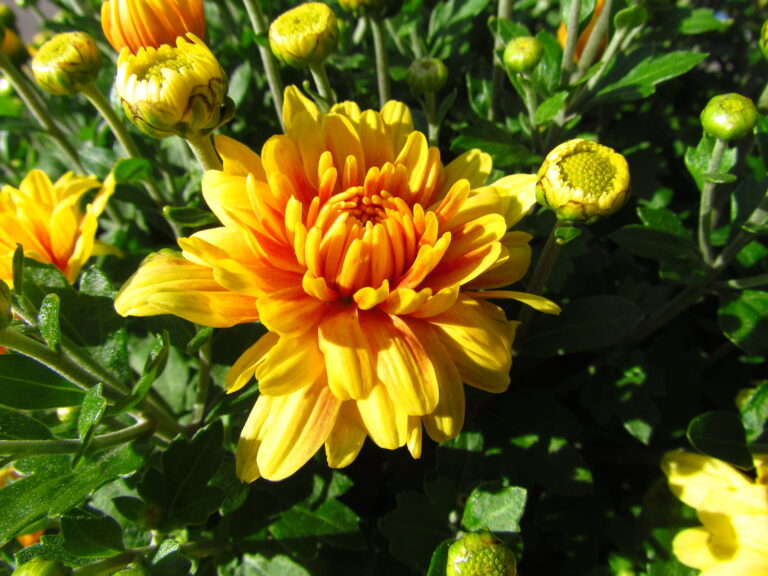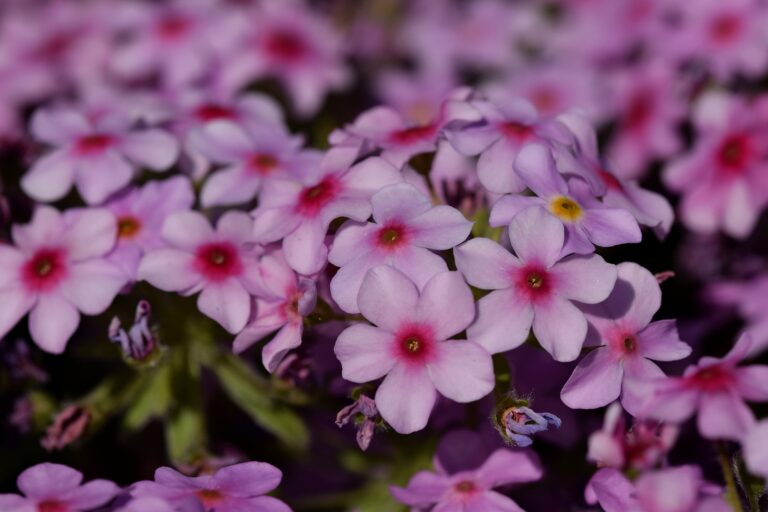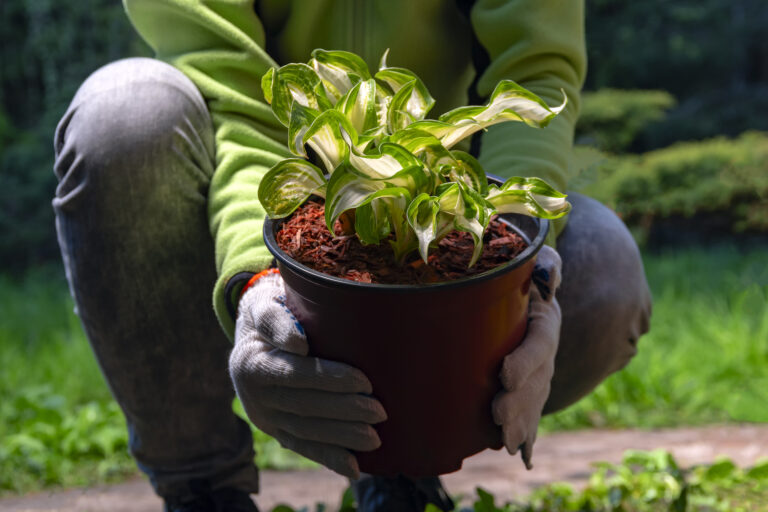How to Grow Gold Coin — Asteriscus
Asteriscus is an herbaceous perennial that bears a profusion of bright yellow-gold flowers in mid-summer. Asteriscus is low-growing from 12 to 24 inches tall and wide-spreading, 3 to 4 feet across. The leaves are silvery-green and flowers are 1 to 2 inches across.
Asteriscus is tolerant of salt spray making it well suited for coastal habitats. It should be grown in full sun and in well-drained soil. To prolong the bloom time, spent flowers can be sheared away.
Asteriscus can tolerate short periods of drought once established. It does not tolerate frost. Leaves will darken and blacken in the cold.
Asteriscus is a small genus of perennials native to the Canary Islands and Mediterranean region.
Get to know Asteriscus
- Plant type: Herbaceous perennial
- Growing zones and range: Zones 9-11
- Hardiness: Hardy to Zone 9; must be protected from frost and extreme heat
- Height and width: 12 to 24 inches tall and 3 to 4 feet across
- Foliage: Silvery green leaves; old leaves tend to blacken
- Flowers: Brigth yellow daisy-like flowers to 1.5 inches across
- Bloom time: Summer
- Uses: Border, edging, groundcover, container
- Common name: Gold coin, gold chip, beach daisy, sea aster
- Botanical name: Asteriscus
- Family name: Asteraceae
- Origin: Canary Islands
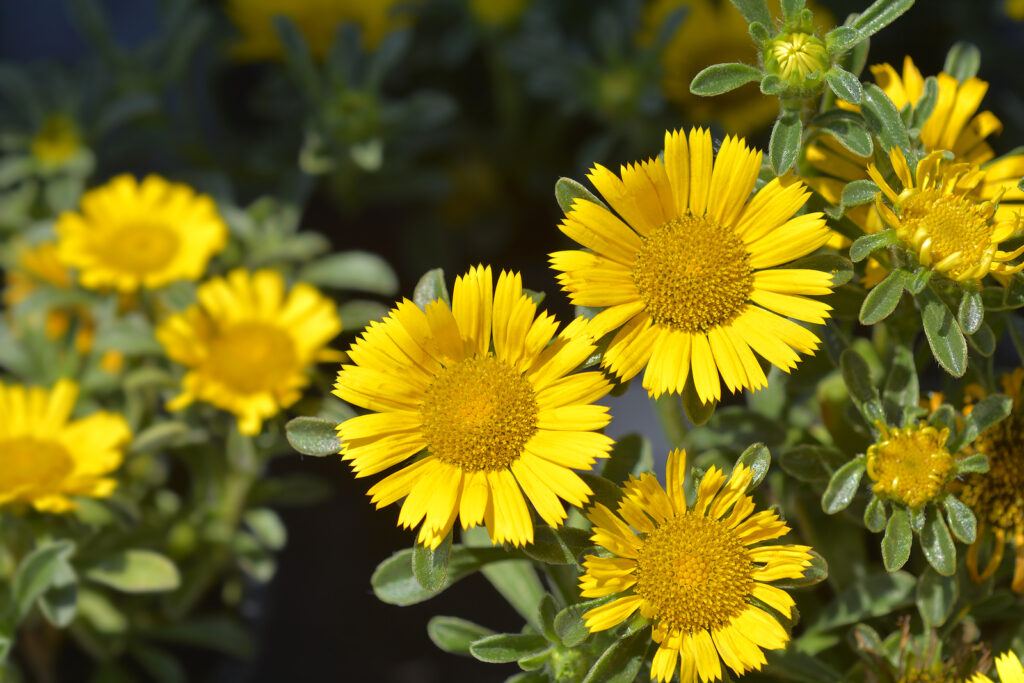
Where to plant Asteriscus
- Grow Asteriscus in full sun.
- Asteriscus grows best in sandy loam to average soil that is well drained.
- Asteriscus must be protected from frost and extreme heat.
When to plant Asteriscus
- Set container-grown Asteriscus in the garden in spirng or autumn.
Planting and spacing Asteriscus
- Space Asteriscus 24 inches to 4 feet apart. One plant can spread to 4 feet wide.
How to water and feed Asteriscus
- Asteriscus needs moderate water. Once established it can tolerate short periods of drought.
- Fertilize Asteriscus with an all-purose fertilizer in spring.
Asteriscus care
- Shear spent flowers to neaten appearance and prolong bloom time.
Asteriscus pests and diseases
- Asteriscus has no significant pest problems.
- Asteriscus can suffer fungal root rot in poorly drained soil.
Asteriscus propagation
- Propagate Asteriscus by rooting cuttings or layering during most of the year.
Asteriscus varieties to grow
- Asteriscus maritimus. Grows to 12 inches tall and 3 to 4 feet wide; bright yellow-gold flowers; silvery-green foliage; tolerate most soil and seaside conditions.
- A. sericeus. Grows 2 to 3 feet tall; silky, silvery leaves set off bright yellow flowers.

